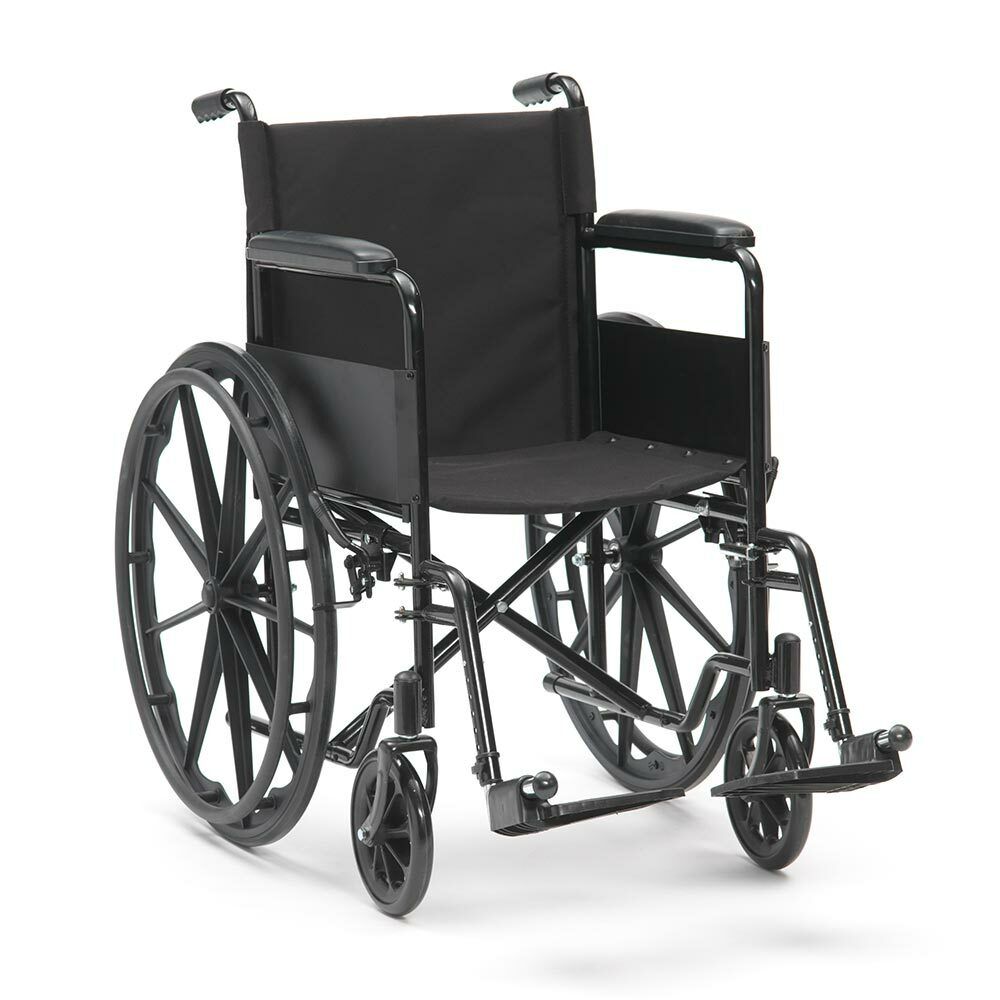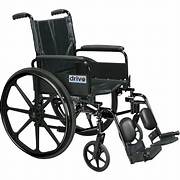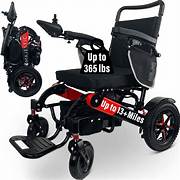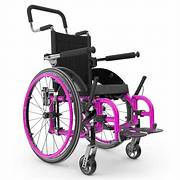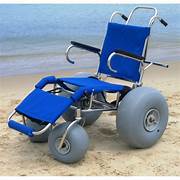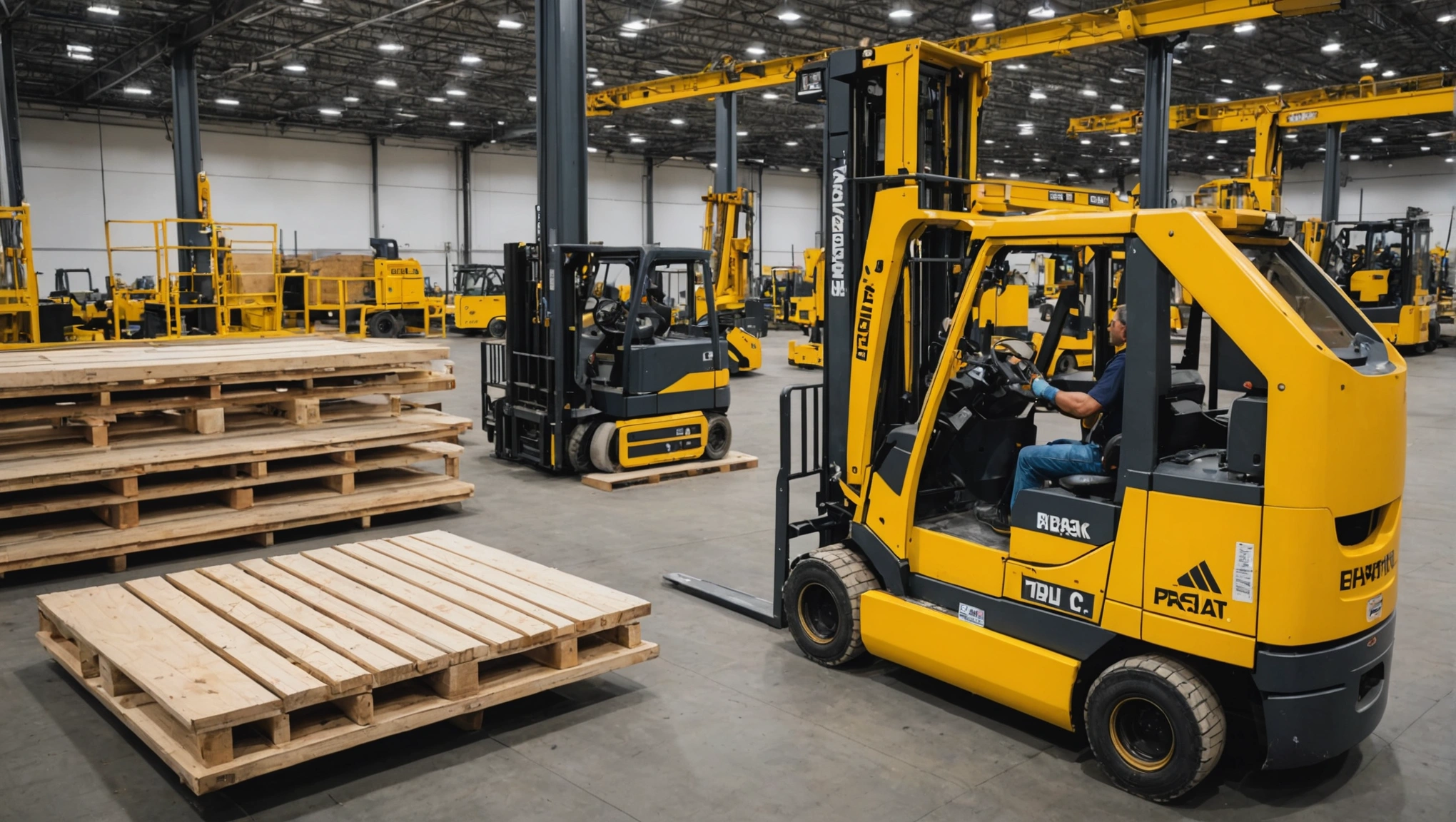Wheelchairs provide independence and comfort for patients with mobility impairment. The sturdy frame with adjustable armrests and footrests provides personalized support. Good braking and anti-tip wheels prevent accidents. This kind of chair is useful because it is lightweight and remote-controlled 1800-open-for-anything. It allows the patient an even greater way of getting around using very little energy, upgrading his or her quality of life. The role of Wheelchairs to patients during hospital therapy and safe transfer through facilities depends on the dignity and comfort of the patients. These benefits can only be enjoyed with regular servicing to enhance maximum operation and safety.
Benefits
Enhanced Patient Mobility: Wheelchairs support safe and efficient transport of patients throughout the hospital- from admission to discharge.
Improved Patient Comfort: This affords seating surfaces to withstand discomfort from patients with limited mobility
Reduction of Fall and Injury Possibility: Wheelchairs minimize the risk for falls and injuries during patient transfer and movement.
Increased Independence: Motorized wheelchairs especially serve this by enabling the patient to move independently, hence promoting autonomy with a reduced need for staff intervention.
Less Physical Strain on Staff: It aches less on the part of hospital staff when using chairs for patients as the vulnerable systems of muscles stray from being overloaded and thus probably injuring themselves.
Avoidance of Secondary States: The correct use of wheelchairs reduces the risk of pressure sores, skeletal deformities, and contractures, resulting in a healthier overall patient.
Improved Quality of Life: This provides mobility and independence, both of which can add to the psychological well-being and improved quality of life for patients with limited mobility.
